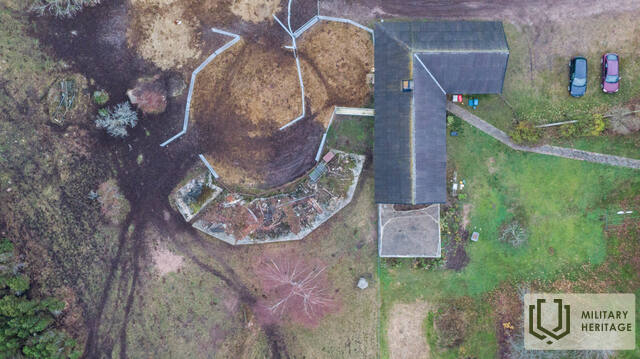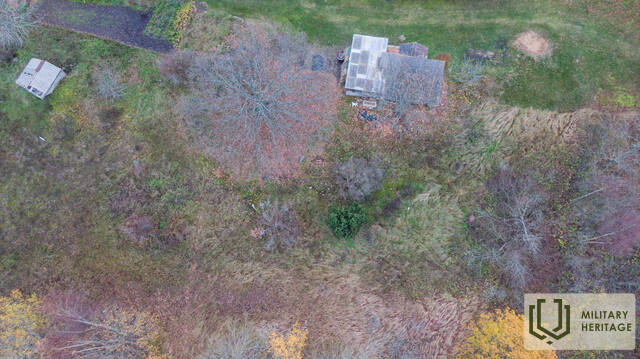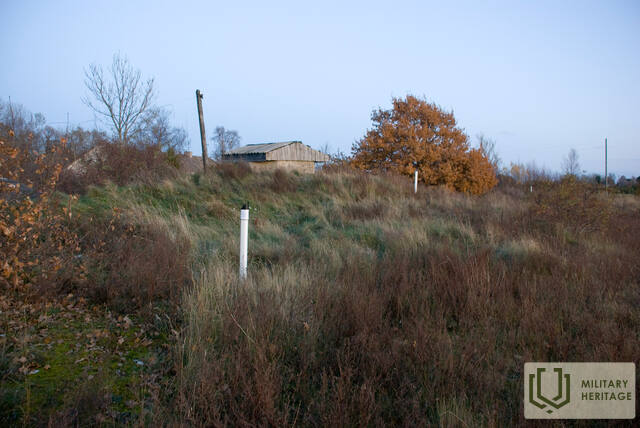Hindu (Seru) 120 mm pakrantės apsaugos baterija Nr. 34
Įtvirtinimas

Baterijos statyba pradėta 1914 m. Kadangi tai buvo papildoma baterija, jos trūko pradiniame jūrų tvirtovės plane, o pabūklų tipas buvo ne kartą keičiamas. Galiausiai buvo sumontuoti keturi 120 mm „Vickers“ pabūklai. Pabūklų vietoms ginti buvo supilta 200 m ilgio ir 10–20 m pločio seklumos, kuri virš pabūklų buvo užbetonuota. „Hindu“ buvo vienintelė baterija Hijuma saloje, dalyvavusi koviniuose veiksmuose per Tagalahe išsilaipinimą 1917 m. spalio 12 d. Po trumpo susišaudymo su vokiečių karo laivais rusų artileristai pabėgo, palikdami bateriją nepažeistą. Vokiečiai pasiuntė į sausumą kareivių desanto būrį, kuris susprogdino baterijos pabūklus. Vienas iš vokiečių karo laivų, apšaudžiusių hinduistų bateriją, buvo „Bayern“ – didžiausio kada nors Estijos vandenyse buvusio karo laivo vandentalpa (ilgis 180 m, vandentalpa 32 200 tonų, aštuonios 380 mm pabūklai). Baterijos radijo stoties pastatas buvo perkeltas į Emmastę ir panaudotas kaip bendruomenės centras (nugriautas devintajame dešimtmetyje). Pabūklų vamzdžiai ir kitos didesnės detalės vis dar buvo ten 1937 m. Šiandien pirmoji ir antroji pabūklų platformos vis dar atpažįstamos, kitos dvi yra aptvertoje kieme. Trečiasis pabūklo krateris užpiltas žemėmis, o į jūrą atsiveria naujai pastatytas namas, ketvirtosios liekanos – tik suskilusi betoninė platforma. Iš dviejų oro gynybos pabūklų platformų išlikusi viena (šimtas metrų link slaugos namų, dešinėje kelio pusėje). Nepažeistų pastatų nėra. Kulkosvaidžių bunkeris tarp pirmosios ir antrosios pabūklų vietų buvo baigtas statyti 1941 m.
Kartu su hinduistų baterijos statyba buvo planuojama Lepiku kaime, kur buvo sukrauti dideli žvyro luitai, matomi iki šiol, pastatyti kažką. Koks tai turėjo būti pastatas, nežinoma.










